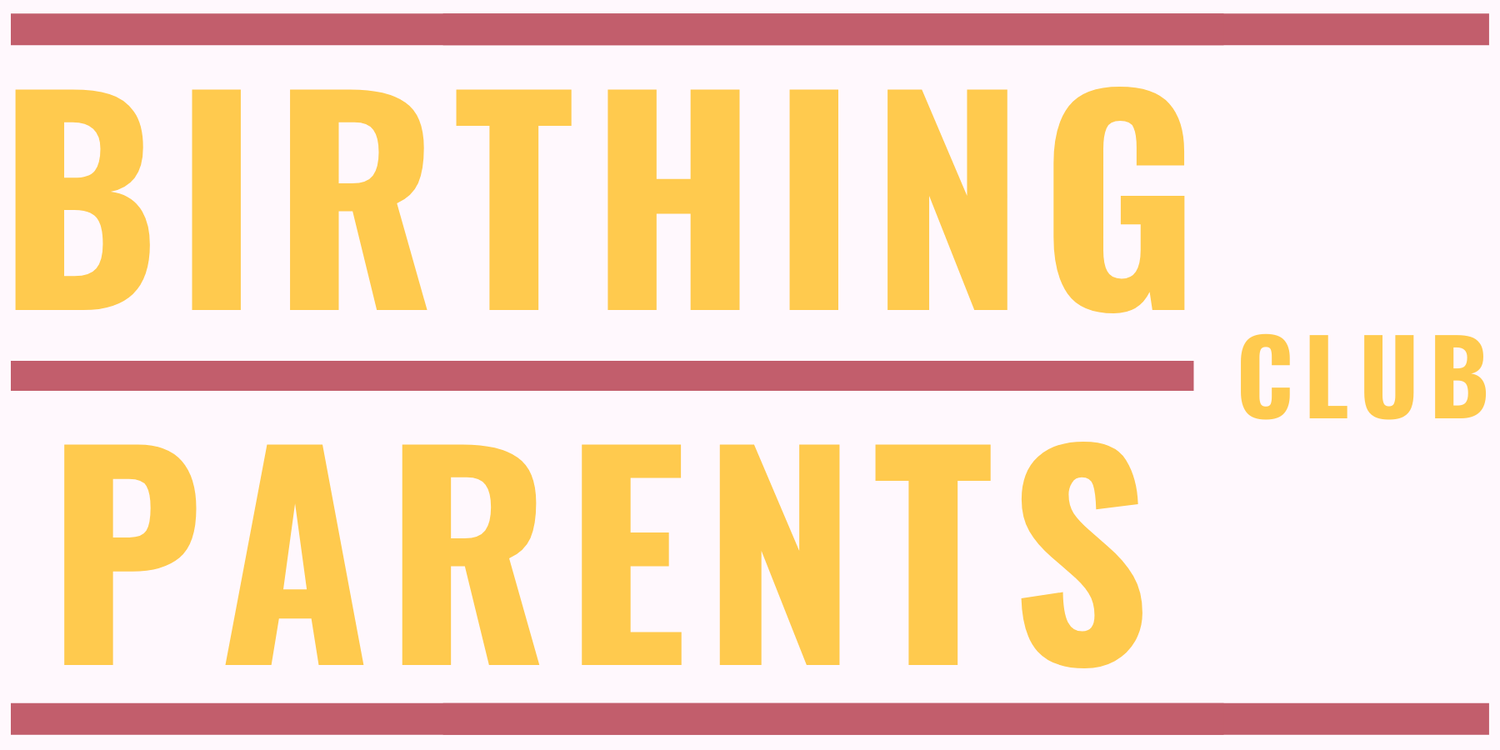If Homebirth is so safe… why do so few people do it?
I’m sure you’ll be familiar with this reaction to the suggestion of giving birth at home. That can’t be safe?!?! Talking through safety concerns regarding homebirth is actually one of my favourite lessons with my hypnobirthing clients. I love dispelling the myths around it. And clients are quite often dumbfounded at:
a) how low risk it can be
and
b) how even just the act of planning for a homebirth can impact your birth experience - regardless of whether or not you actually birth your baby at home or not.
In the 50s, homebirth was still commonplace, with around a third of births taking place outwith hospital. However, in 1970, based on no evidence at all, The Peel Report made this statement:
“We consider that the resources of modern medicine should be available to all mothers and babies, and we think that sufficient facilities should be provided to allow for 100% hospital delivery. The greater safety of hospital confinement for mother & child justifies this objective.”
It wasn’t until 1980 that this statement was able to be challenged publicly. After years of research a woman named Marjorie Tew was able to publish her analysis of the risk between birthing at home or in hospital. Marjorie found that, even for pregnancies considered high-risk. home was as safe a place to give birth as hospital.
However, the damage to homebirth’s reputation was already done. By 1973 then homebirth rate had fallen to just shy of 5% and by 1985 it dropped to an all time low of 0.9%.
Current figures show that there is only a slightly greater risk of an adverse outcome for first time parents who birth at home. For subsequent low risk pregnancies, the risk of birthing at home is lower than in a birth centre or hospital. Research published by The Lancet in 2020 showed that planning a homebirth reduced a person’s likelihood of caesarean, epidural, episiotomy, augmented labour and operative delivery.
So don’t immediately discount homebirth because you’ve been led to believe it’s not safe.
Ask questions.
Be curious.
Explore your options.
And most importantly, make decisions that feel right for you and your baby and your own unique circumstances.
